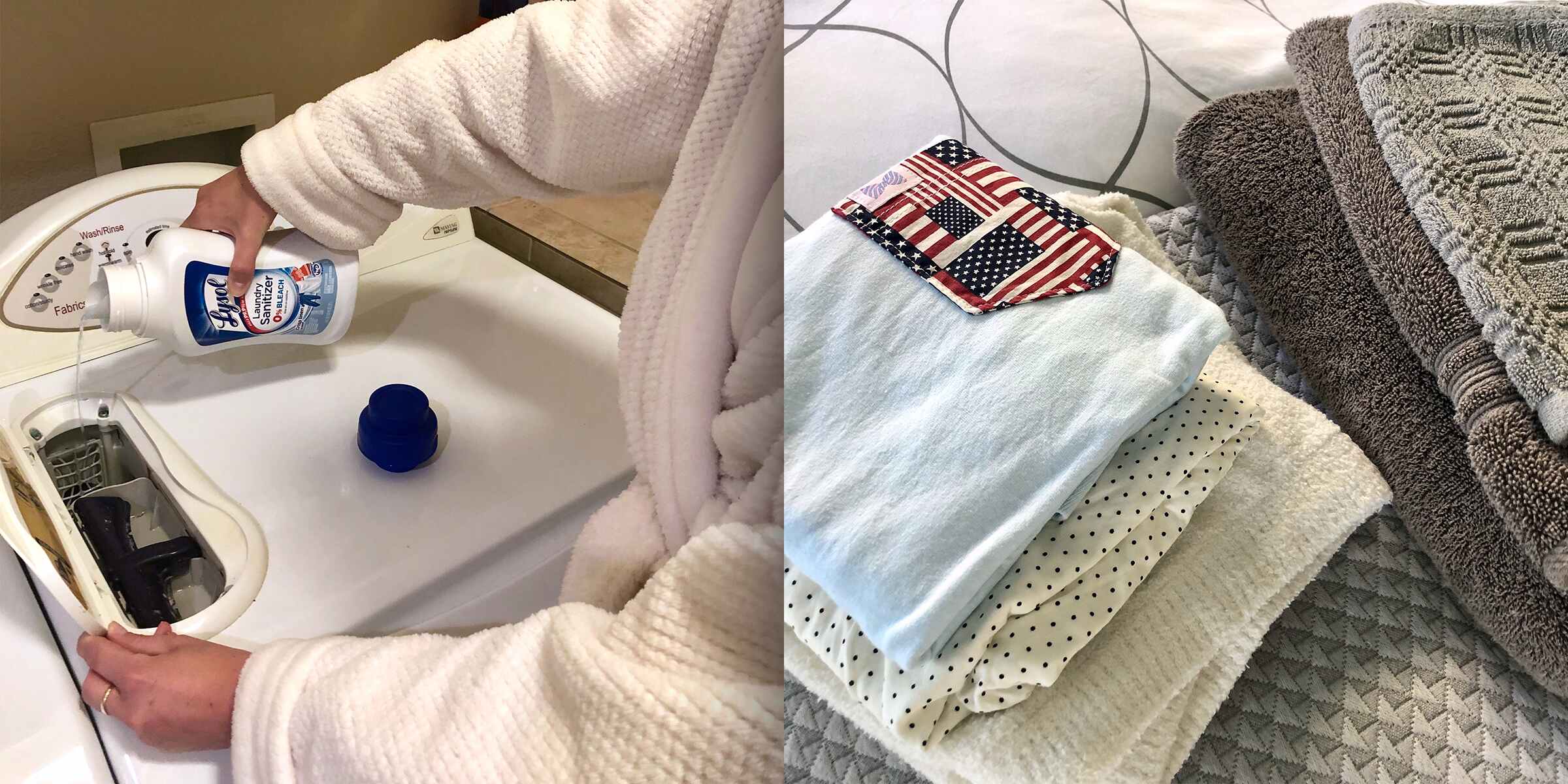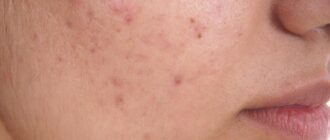When someone in your household falls ill, your top priority is naturally helping them recover. However, you must also take care to prevent other family members from becoming sick as well.
Disinfecting commonly-used household surfaces, such as doorknobs, TV remotes and light switches, can help reduce the spread of germs. But that’s not all you should sanitize – clothing, bedding and other fabric items can also harbor bacteria and viruses. A simple wash cycle might not be enough to disinfect laundry, so it’s important to take extra measures to ensure your family’s health and safety.
The researchers also found that regular washing practices with detergent alone were not effective in killing some enteric viruses (transmitted by fecal matter), including rotavirus (an infection that causes severe diarrhea) and adenovirus, which can cause cold- or flu-like illnesses.
If someone in your household is sick, consider taking extra care to sanitize laundry, including clothing, towels, bedsheets, pillowcases, and throw blankets, that may have come into contact with the illness. Sanitizing these items can help prevent the spread of germs throughout your home.
How to Sanitize Laundry
Goodman advises to first check if your washing machine has a special wash cycle for sanitizing laundry. Many high-efficiency machines have a sanitize button or an option on the turn . If your machine doesn’t have a designated sanitize laundry cycle, Goodman recommends using the warmest water temperature available. The sanitize cycle uses an extra-hot wash temperature and eliminates 99.99% of the most common bacteria found in clothes, sheets, and towels, Goodman explains.
As Steve Hettinger, director of engineering for clothes care at GE Appliances, points out, it’s important to remember that extra-hot cycles shouldn’t be used for every wash. “Sanitize cycles are harsher on clothes than regular cycles, which is necessary for sanitization,” he says.
Always check the clothing or fabric item’s care label first to make sure it’s safe to wash in hot water. High temperatures can damage delicate fabrics, cause some items to shrink, or cause colors to bleed or fade.
If you’re looking for an extra disinfecting boost, Goodman suggests adding a laundry sanitizer product ($6, Target) to the wash. Liquid bleach ($5, Home Depot) is one highly effective option:
The University of Arizona laundry study found that adding bleach to the load reduced the number of viruses by over 99.99%. For normal loads, a 3/4 cup of bleach should be enough to disinfect the items, according to the Clorox website. Large or heavily soiled loads might require up to 1-1/4 cup of bleach.
Other commercial disinfecting laundry detergents can also help kill bacteria and germs that regular detergents might leave behind. Be sure to follow the instructions on the label, and try the product first on a small, inconspicuous area of the fabric to test for colorfastness before washing. Non-bleach laundry sanitizers might be the best choice for delicate items, but check the label for specific fabrics that are safe to use with the product.
For regular laundry loads that don’t need to be disinfected, it’s recommended by Goodman to use a regular wash cycle with cold water (which is also more environmentally friendly and can save you money). It’s important to only use the appropriate amount of laundry detergent for the size and soil level of your load, and not overload the washing machine.
These laundry sanitizing tips will come in handy the next time someone in your household falls ill. A little extra cleaning power will help keep you and your family healthy by getting rid of germs and bacteria.







